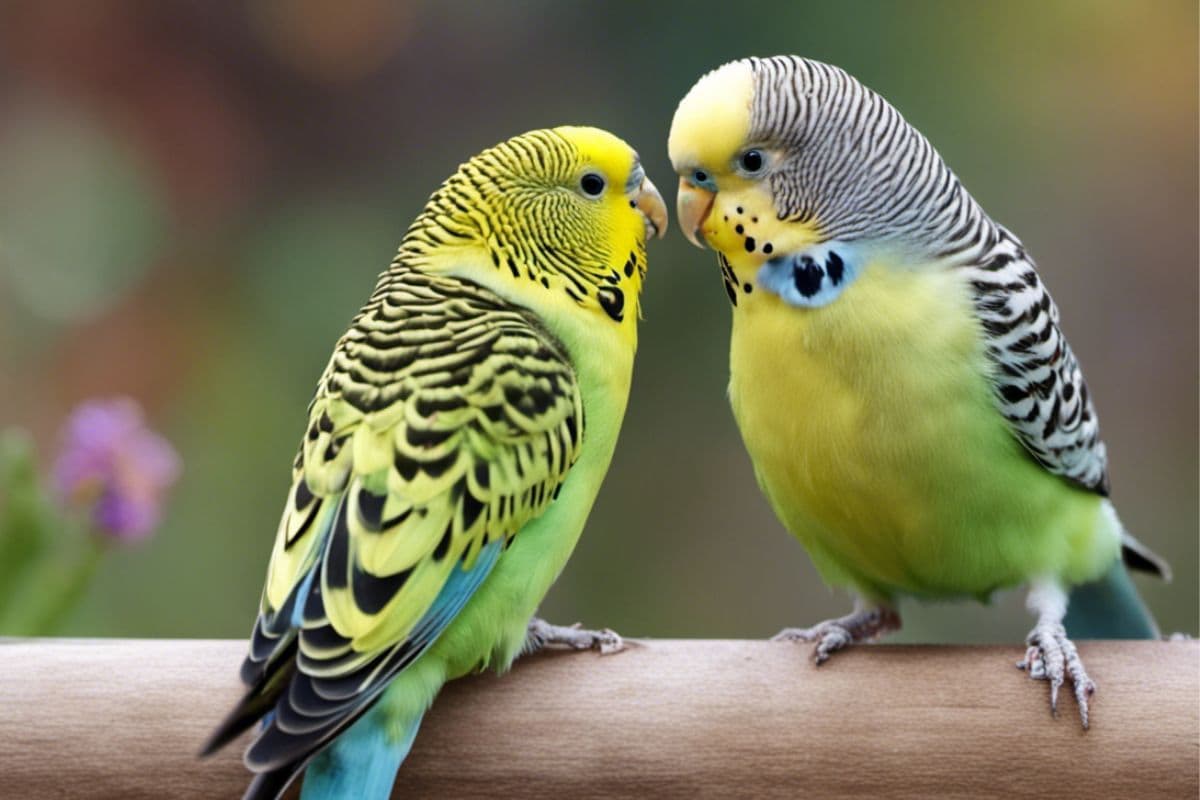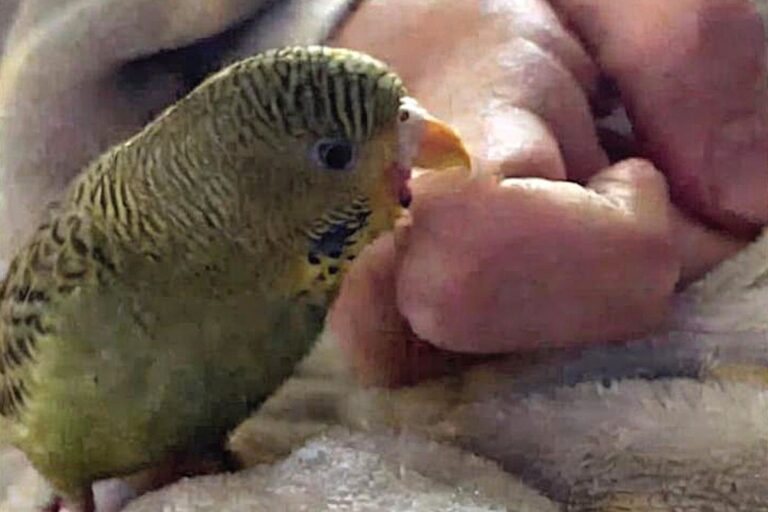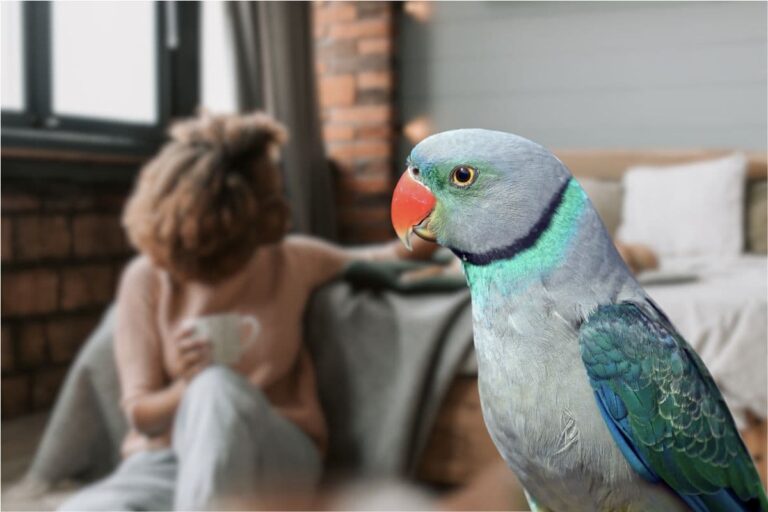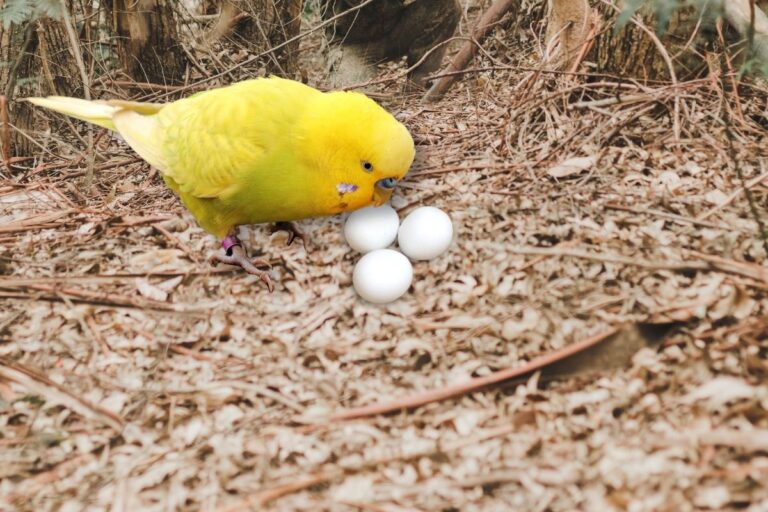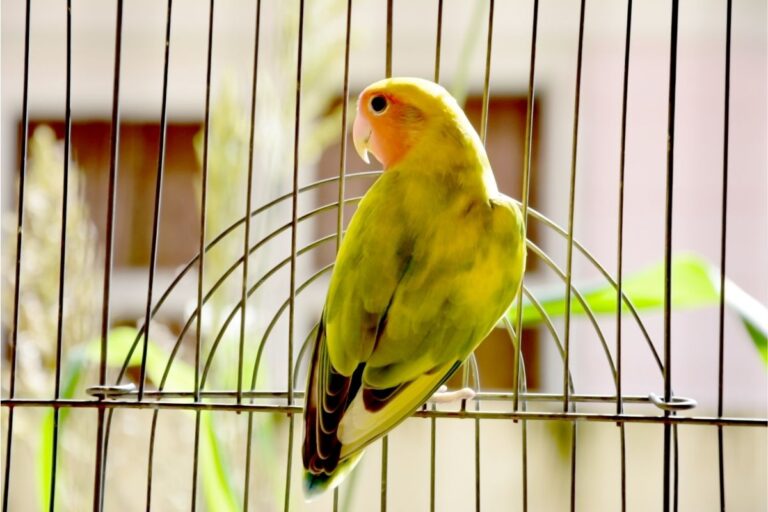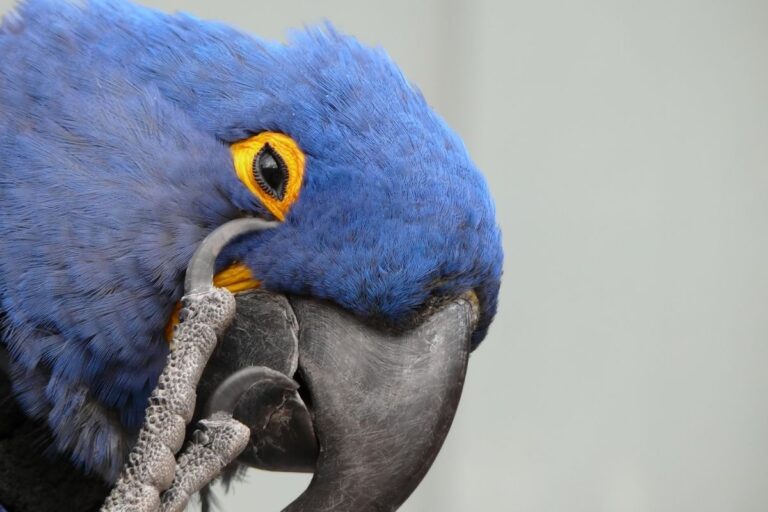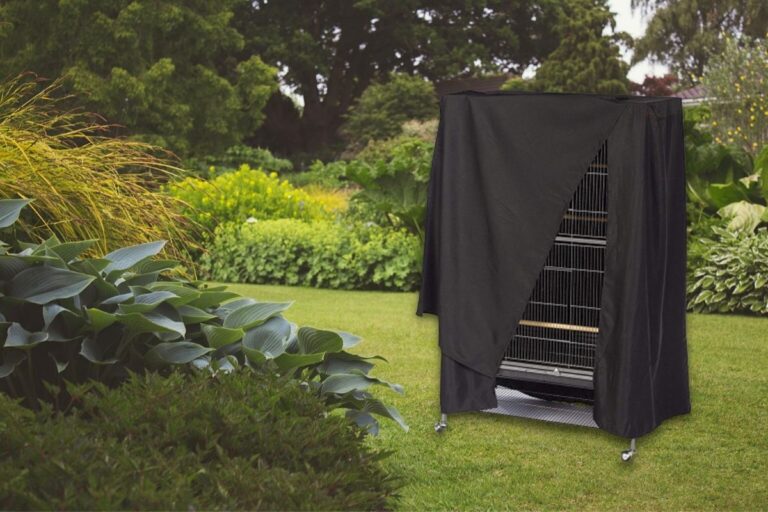How to Introduce a New Companion to a Parakeet
Disclosure: The opinions expressed in this post are my own. This post may also contain affiliate links, which means that I will receive a commission if you decide to purchase through my links, at no additional cost to you. As an Amazon Associate, I earn from qualifying purchases.

Are you considering adding a new companion to your parakeet’s life? Introducing a new feathered friend can be an exciting and enriching experience for both you and your parakeet. However, it’s important to approach this process with caution and care to ensure a smooth and successful introduction.
Parakeets are social creatures and can thrive with the company of another bird. Adding a new companion can provide mental stimulation, companionship, and even help with their overall well-being. But how do you go about introducing a new bird to your parakeet without causing stress or conflict?
In this article, we will discuss the step-by-step process of introducing a new companion to your parakeet, including how to select a compatible bird, the importance of quarantine, and strategies for a successful introduction. By following these guidelines, you can ensure a positive and enriching experience for both your current parakeet and their new feathered friend.
Before Introducing a New Companion to Your Parakeet
Let’s first talk about the necessary precautions and steps to take before introducing a new companion to your beloved parakeet.
By following these guidelines, you’ll have a safer and smoother process, and you can increase the chances of your parakeets forming a harmonious bond and enjoying each other’s company.
1. Selecting the Right Parakeet as a Companion
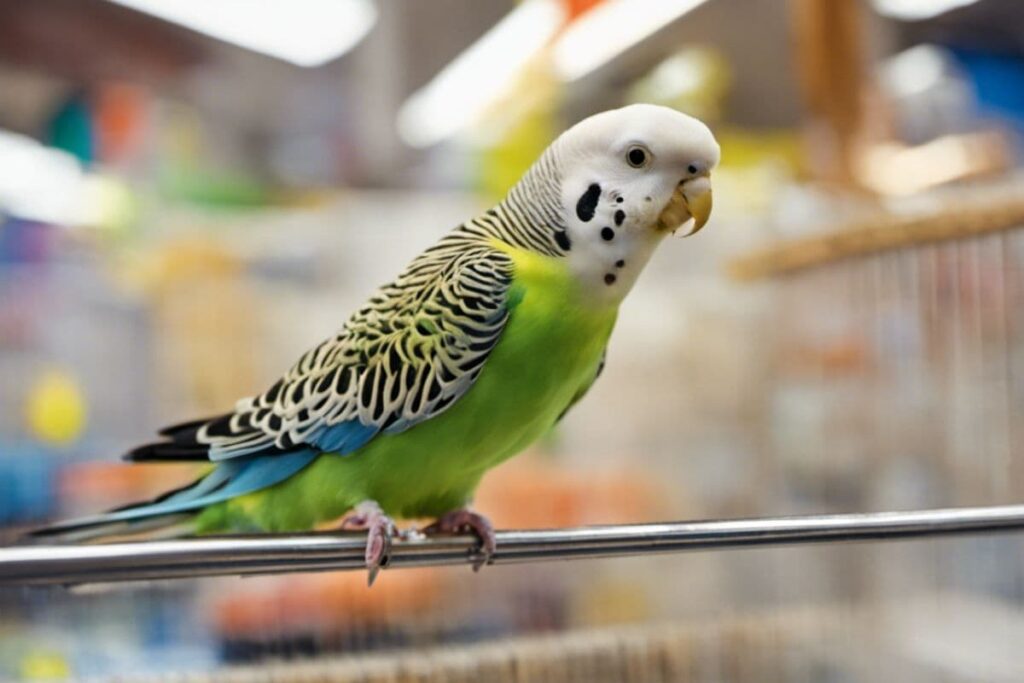
When selecting the right parakeet as a companion, it’s important to consider their age and temperament. Look for a parakeet that is around the same age as your current bird and has a similar personality to ensure a harmonious relationship.
Observe the potential companion’s behavior in the pet store or breeder’s facility to see if they are social and friendly, as this will increase the chances of them getting along with your current parakeet.
2. Quarantine the New Parakeet
Quarantining the new parakeet is an essential step in introducing a new companion. This precautionary measure ensures the health and well-being of both birds by preventing the spread of any potential illnesses or contagious diseases.
During the quarantine period, the new parakeet should be kept in a separate room or cage, away from the existing parakeet. This allows them to get acquainted with their new surroundings and helps reduce any potential stress or territorial behavior.
3. Make Sure the New Parakeet is Healthy by Going to the Vet for a Checkup
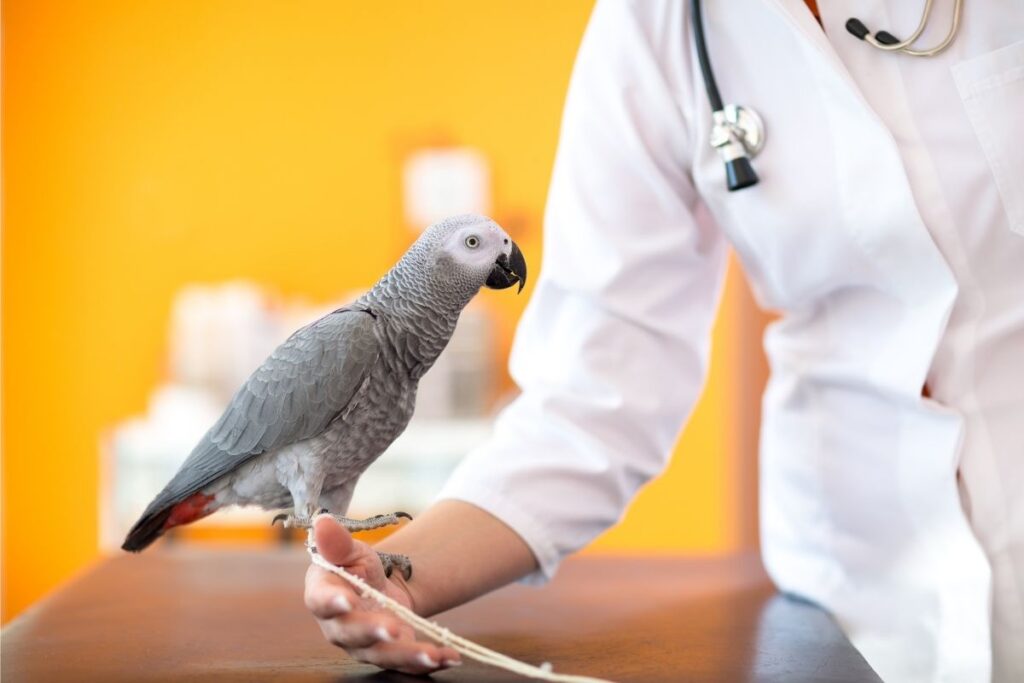
During the checkup, an avian veterinarian can examine the parakeet’s overall health, including its feathers, beak, and eyes, as well as listen to its heart and lungs to detect any abnormalities. This will give you peace of mind knowing that your new companion is in good health and ready to join your existing parakeet safely.
4. Preparing the Environment at Home
When introducing a new companion to your parakeet, it’s important to prepare the environment at home. Start by creating a separate cage or designated area for the new bird to ensure a smooth transition.
This will give your parakeet time to adjust to the new presence in their territory and minimize any potential territorial disputes.
Provide plenty of perches, toys, and food and water dishes to accommodate the needs of both birds. Additionally, create a safe and secure space outside of the cage where the birds can interact and explore together.
How to Introduce a New Companion to a Parakeet?
The key to a successful introduction of a new companion to your parakeet is to take it slow. Be gradual, as it ensures a much smoother transition for both birds. Here are some tips to help you with this nerve-wracking process.
1. Be Gradual with the Introduction
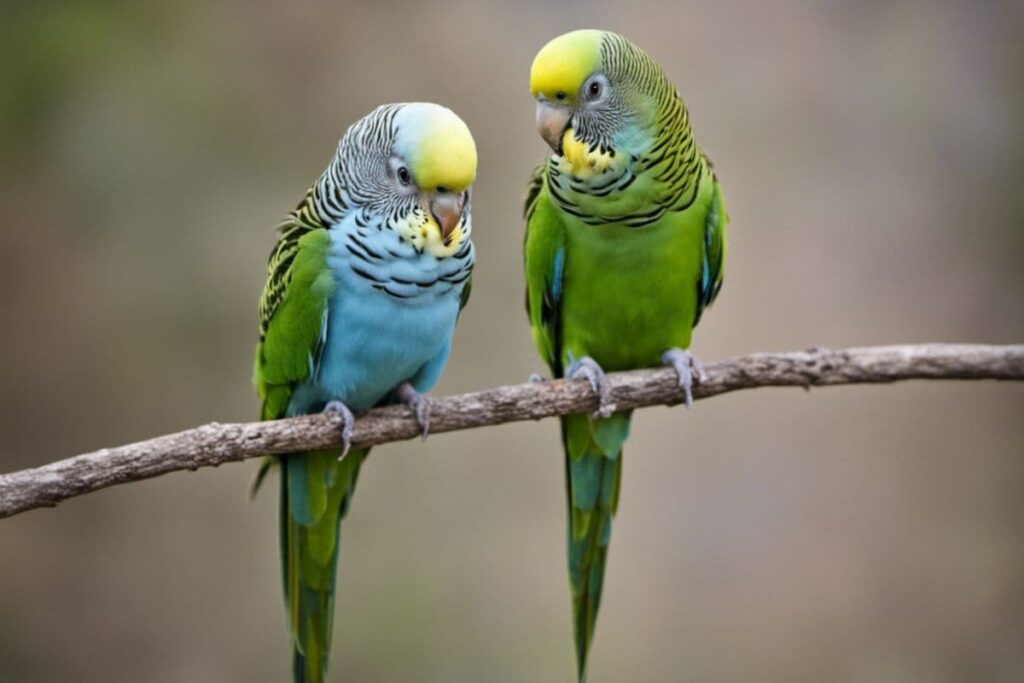
When introducing a new companion to your parakeet, it’s crucial to be gradual. Rushing the introduction can cause stress and anxiety for both birds, so take it slow and let them get used to each other’s presence first.
This will help them become familiar with each other’s sounds, smells, and movements, making the actual introduction less overwhelming and more successful.
2. Place Them in Separate Cages First
When introducing a new companion to a parakeet, it is important to start by placing them in separate cages. This allows the birds to become familiar with each other’s presence without feeling threatened or territorial.
By keeping them in separate cages, you can gradually introduce them to each other by placing the cages side by side. This will allow the birds to observe and communicate with each other through the bars, establishing a sense of familiarity and reducing the chances of aggression when they are eventually introduced in the same cage.
3. Slowly Move Their Cages Closer
Start by placing the cages in the same room but at a distance where the birds can see and hear each other. Over the course of a few days or weeks, gradually move the cages closer together, ensuring that both birds remain calm and comfortable throughout the process.
And if all goes well so far, place their cages side by side, monitoring their behaviors for signs of stress or aggression.
This gradual approach allows the parakeets to adjust and become comfortable with each other’s presence before any direct interactions are introduced.
4. Put Them in a Designated Area Together and Let Them Interact with Each Other Under Your Close Supervision
Once you are confident that your parakeets are ready, it’s time for the big day—letting them fully interact and come into contact with each other for the first time!
During this initial interaction, observe their body language and behavior closely to ensure that they are comfortable and not showing any signs of aggression or stress. Gradually increase the duration of their interactions over time, always prioritizing their safety and well-being.
5. Constantly Reward Them with Treats
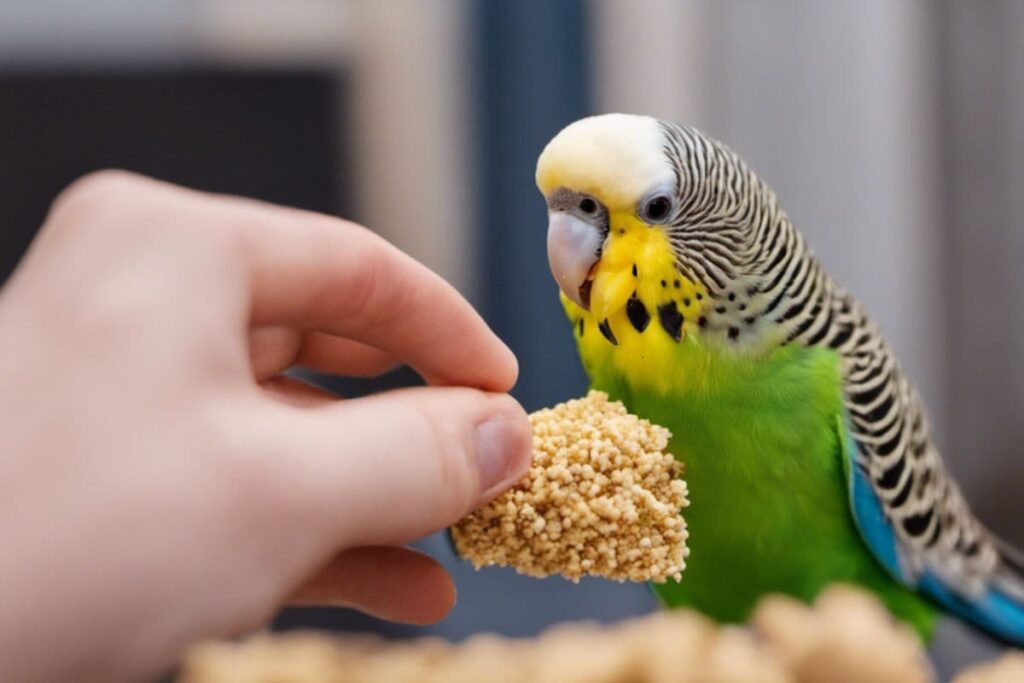
When introducing a new companion to a parakeet, it is important to offer treats as a way to create positive associations. Treats can be used to reward both birds for calm and friendly behavior, and can also be used as a way to encourage bonding between the two birds.
Place treats near both birds and allow them to enjoy the treats in each other’s presence, gradually moving the treats closer together to encourage interaction and familiarity.
6. Monitor Positive and Negative Behaviors
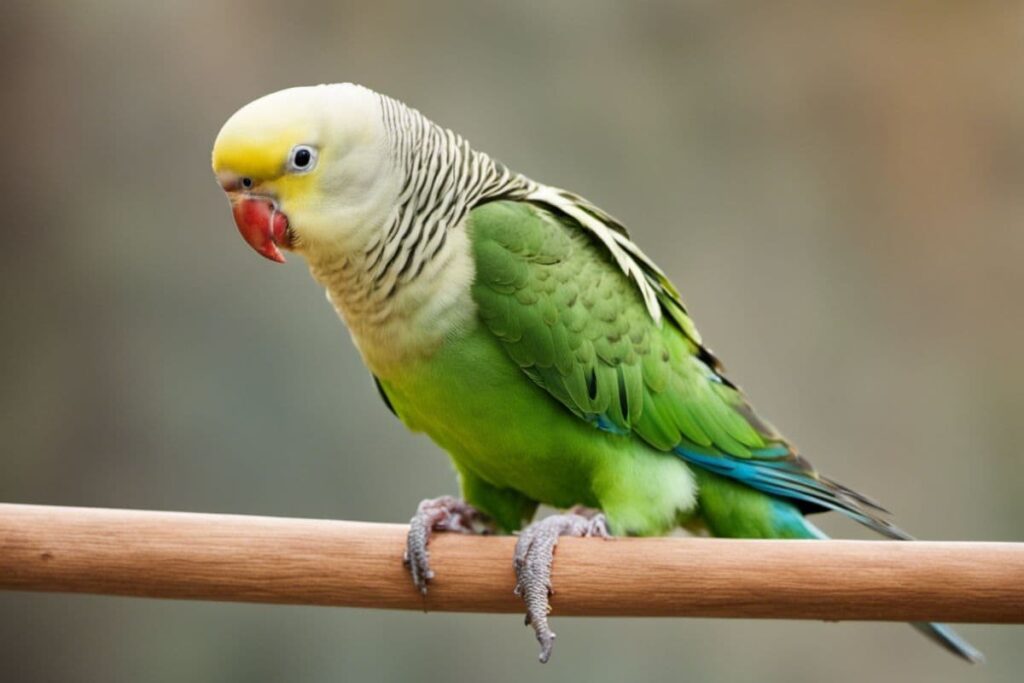
When introducing a new companion to your parakeet, it is crucial to monitor their behaviors closely. Look for positive behaviors such as friendly interactions, sharing food, or preening each other, as these indicate a positive bond forming between them.
On the other hand, be vigilant and keep a lookout for negative behaviors, such as chasing, pecking or territorial aggression, If you notice such behaviors, separate the birds and try reintroducing them gradually through supervised play sessions until they become more comfortable with each other.
Again, remember to reward positive behaviors with treats or praise to reinforce their good relationship and encourage a harmonious bond between the birds.
7. Restrain Your Parakeet When There are Signs of Agitation or Aggression
If your parakeet starts to exhibit any signs of agitation or aggression, it is best to restrain them for their safety and the safety of the new companion. This can be done by gently holding their wings or using a towel to wrap them securely, ensuring that they cannot harm themselves or others. It is important to remain calm and patient during this process, allowing your parakeet to calm down before attempting any further introductions.
8. Gradually Increase Their Interaction Time
As your parakeets become more comfortable with each other, gradually increase the length of their interactions until they can safely coexist without supervision.
This gradual approach helps reduce stress and allows the birds to develop a positive bond over time as they slowly become more comfortable with each other and become best of friends!
Frequently Asked Questions About Introducing a Companion to a Parakeet
Here are some commonly asked questions about introducing a new companion to a parakeet.
How Long Should I Quarantine My New Parakeet Before Introducing It To My Current One?
It is recommended to quarantine a new parakeet for a minimum of 30 days, or preferable 45 days, before introducing it to your current one. This helps to ensure that the new bird is healthy and free from any potential diseases or infections that could be passed on to your existing parakeet.
How Long Will It Take for a Parakeet to Get Used to a New Companion?
The timeframe for a parakeet to get used to a new companion can vary greatly, as it depends on the individual bird’s personality and previous socialization experiences. Some parakeets may adjust quickly within a few days, while others may take several weeks or even months to get used to their new companion.
What’s important is to be patient and allow the birds to gradually get used to each other’s presence.
How to Tell When It’s Safe to Let Your Parakeets Coexist Together?
The most effective way to assess their compatibility is just by observing their body language and behavior when they are in close proximity to each other.
If they show signs of aggression, such as fluffing up their feathers, pecking, or squawking loudly, it may indicate that they are not yet ready to coexist peacefully.
On the other hand, if they appear calm, comfortable, and engage in friendly interactions for the previous few interactions, it’s a positive sign that they can be introduced and cohabitate safely.
What Gender Combination of Parakeets Get Along Best?
Generally, male and female parakeets tend to have a better chance of getting along compared to two males or two females. This is because male and female parakeets have different roles in their natural social structure, which can help reduce aggression and territorial behavior.
However, many parakeet owners have also reported smooth introductions for male-male companionships. Whereas, female-female companionships are the hardest to introduce and maintain due to their aggressive behavior they typically have towards each other. If not careful, your parakeets may harm each other.
However, it’s important to note that individual personalities and temperaments also play a significant role in determining compatibility, so careful observation and monitoring during the introduction process is necessary to ensure a harmonious relationship between the parakeets.
Why is It Important to Introduce a Companion to Your Parakeet?
Introducing a companion to your parakeet is important for their mental and emotional well-being. Parakeets are social birds and thrive on interaction with other birds. Without a companion, they can become lonely, bored, and even develop behavioral issues.
Having a companion bird provides a sense of security and comfort for your parakeet. They can engage in natural behaviors like grooming, playing, and communicating with each other, which helps to prevent boredom and loneliness.
Can I Put a Young Parakeet with an Old Parakeet?
Introducing a new companion to an old parakeet can be a delicate process. It is generally not recommended to put a young parakeet with an old parakeet, as the age difference may cause conflicts and stress for both birds.
Older parakeets may be set in their ways and may become territorial or aggressive towards a younger, more energetic bird. It is important to consider the needs and personalities of both birds before attempting to introduce them.
However, if you still decide to introduce a new companion to an older parakeet, it is important to be extra vigilant and make the entire process even more gradual.
Final Words
When introducing a new companion to your parakeet, it’s important to remember that each bird is unique and the process may take time. Be patient and observe their interactions closely to ensure their well-being and happiness. With proper care and attention, your parakeet can form a strong bond with their new companion and enjoy a fulfilling social life.



